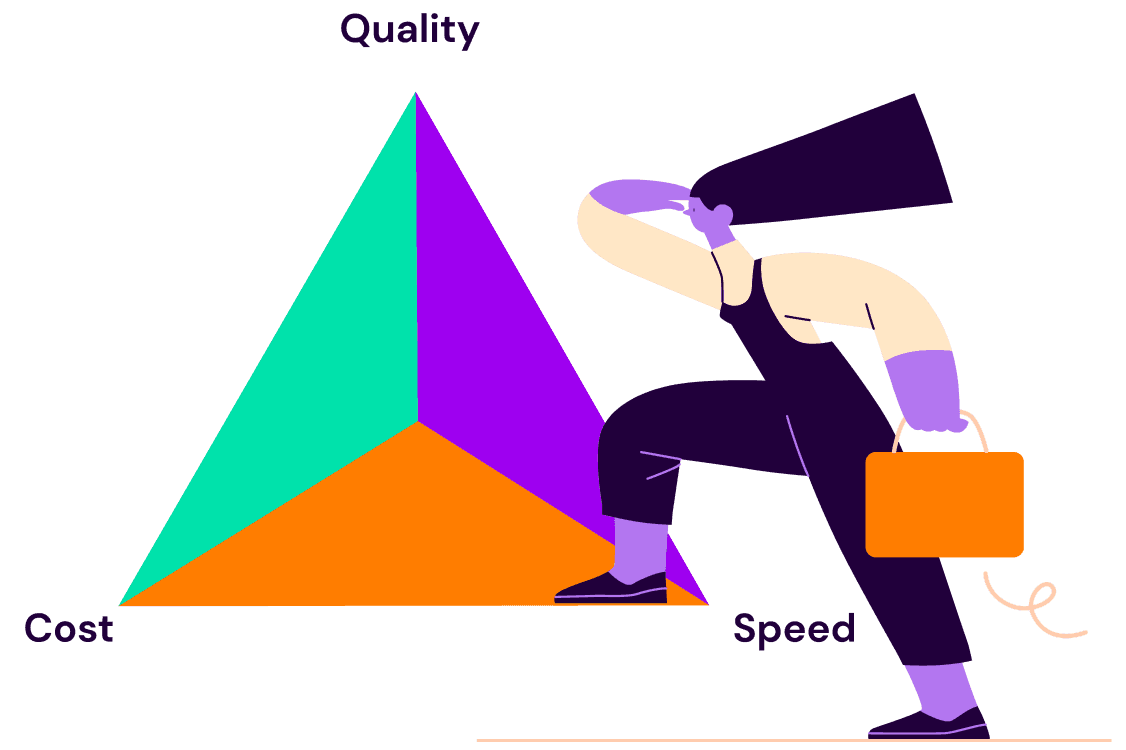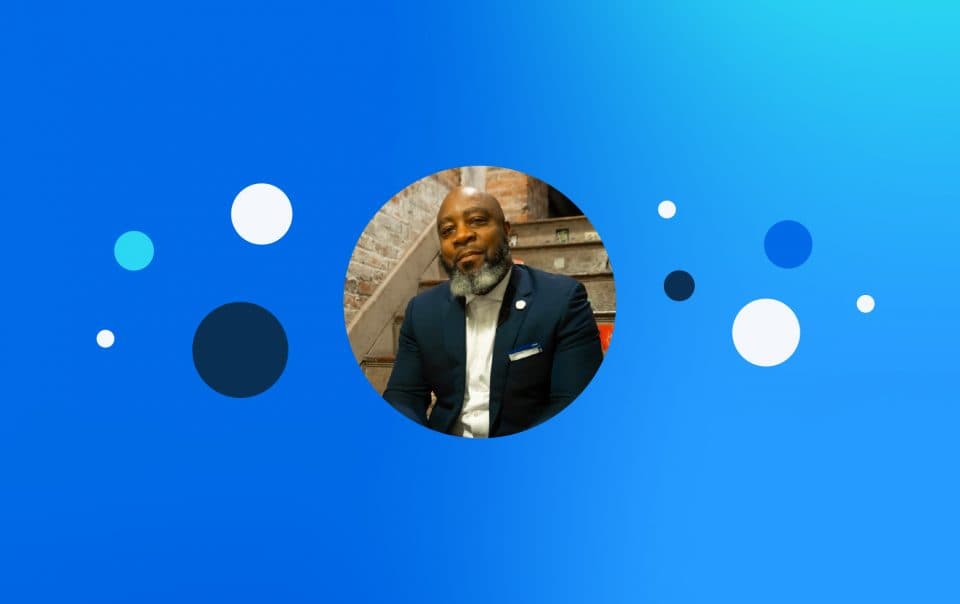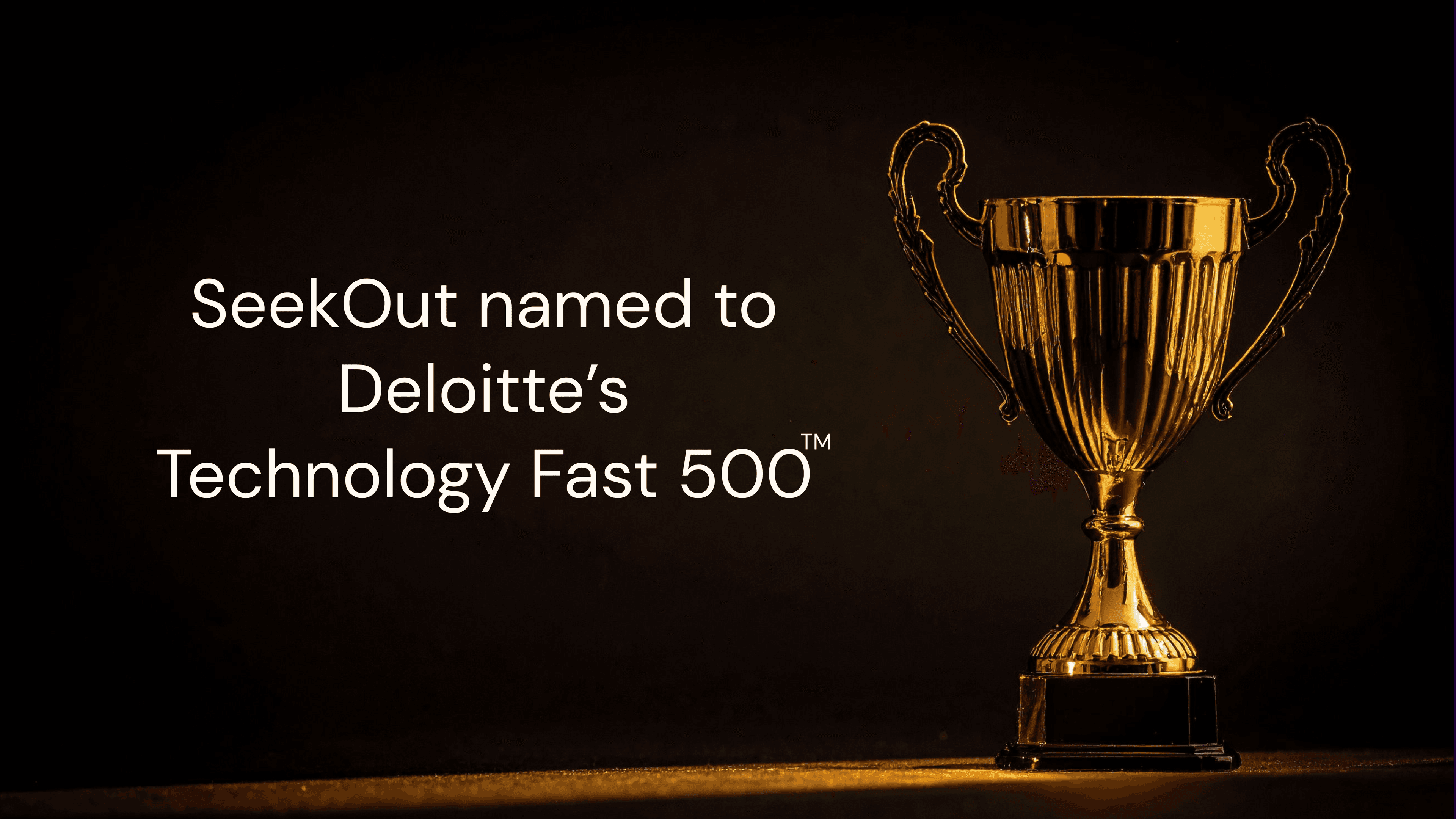
Back to blogs
The SeekOut Spotlight Series features conversations with thought leaders in talent acquisition, DEI, and remote work. In episode three, SeekOut CEO Anoop Gupta spoke with Torin Ellis, a leading diversity strategist, professional speaker, and author.
Torin leads a progressive consultancy that has a laser-like focus on diversity, equity, inclusion, and belonging (DEI&B) strategy and risk mitigation. He embraces a collaborative approach built on transparency, actionable strategy, and rigorous performance monitoring. Torin is the former executive producer and host of “Career Mix”—a weekly show on SiriusXM. His voice has become requested and trusted by some of the biggest conference organizers in the U.S. and abroad and he authored his first book RipThe Resume in 2016.
Torin and Anoop had a powerful conversation on a wide range of DEI&B topics. Here are a few of the highlights from their discussion.
The problem with how organizations think about unconscious bias
Torin: I think far too many organizations have used the moniker of unconscious bias as a curtain of complacency. As a curtain of mediocrity. People have pinned the moniker of unconscious bias on training or actions because they are coddling individuals’ desire to intentionally, or unintentionally, not consider diverse and underrepresented audiences.
If I’m discounting a person because of their name, zip code, socioeconomic status, academic institution, or for some other nefarious reason, that’s not unconscious—it’s conscious. What people have done is put all those excuses under unconscious bias to allow them to continually permeate their unintentional effort toward DEI&B, which is why we have not made the progress we’ve been yearning for over the last 25 to 30 years. We cannot continue to coddle these excuses. We need to hold people accountable.
How TA professionals can lead DEI&B efforts in their organization
Torin: Number one, you have to be empowered. You have to feel empowered to speak up when a hiring manager is discounting all the underrepresented talent and not giving you valid reasons. You have to feel empowered to speak up if someone is not responding in a timely manner and you’re losing incredible individuals. If you don’t feel empowered to speak up about the reality of your organization, then you’re going to continue to be an impediment to how we achieve DEI&B.
Number two, you have to understand strategic exploration. You have to know what business unit, department, or team you’re supporting. Every requisition is not the same. One may be going to a team that is in a continuous improvement phase. One may be going to a team that is in a high-growth, high-velocity phase. Another may be going to a mature team. That requisition might read the same but the people you need are different.
Number three is tactical execution. You have to ask yourself, honestly, “What is it that I don’t know?” When I go on Twitter or LinkedIn, I’m trying to connect with people who I don’t know—who can deposit information, resources, thoughts, and different angles into my work. It’s what I don’t know that is going to help me connect with Indigenous or First Nations populations. It’s what I don’t know that is going to help me hear incredible stories from those who are experiencing ageism in the workplace. It’s what I don’t know that is going to allow me to talk to Hajibi women and allow us to bring them into our workplace.
It’s what we don’t know that is missing in our tactical execution. We need to ask questions and one of the ways we ask better questions is by having different voices contribute, which is the power of inclusion.
Using data to ask the right questions around DEI&B
Torin: Data is extremely important; I absolutely believe in it. But it’s what we’re looking for that matters? How are we collecting the data? What resources are we pulling it from?
There is no secret sauce for data collection. It’s what works or has not worked in your organization and using the data in a way that changes the outcome. I’m not saying that we need to throw everything out. But let’s look at the sources of all the candidates. Where are they dropping out in the interview process? What’s the battery of questions that we are using to evaluate them? Are we using the same questions at every stage of the interview process? Who handles onboarding? How are we making sure that our process is speedy, efficient, and duplicatable? That’s how we use data.
A lot of people are accustomed to certain data points. They’re accustomed to certain resources. They’re accustomed to relying on certain voices. One of the questions that I always ask all of my hiring managers is “What’s the one thing you need in a new hire that’s not in the job description?” And I use their response to synthesize exactly what we should be looking for and to get rid of all the stuff we don’t necessarily need.
See us in action
Learn how SeekOut unifies people data to help organizations reach their talent goals
Request a demo




